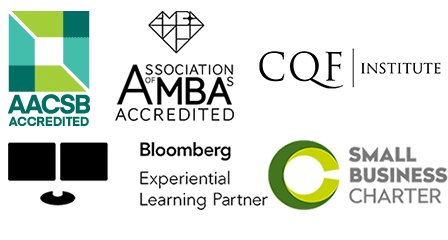Employee ownership

Dr Jonathan Preminger and Dr Dimitrinka Stoyanova Russell’s research explores whether employee ownership (EO) makes a difference to working conditions and experiences at work.
Employee ownership is where all employees have a ‘significant and meaningful’ stake in a business.
This means employees must have both:
- a financial stake in the business (for example, by owning shares)
- a say in how it’s run, known as ‘employee engagement’
Examples of some well-known EO companies include John Lewis, Mott MacDonald, Arup, and Richer Sounds.
Following the success of the Employee Ownership Trust model, a government initiative aimed to promote EO (including tax incentives), it has become an increasingly popular organisational form.
EO aspires to a fairer distribution of benefits and to improve sustainability by retaining jobs locally, increasing awareness and importance of objectives unconnected to profit, and benefiting the local community.
While practitioners praise the benefits of EO, academic research is more circumspect.
Dr Preminger and Dr Stoyanova Russell’s research aims to understand what difference employee ownership (EO) makes to employees’ working conditions and their experience of work, including ‘decent work’ criteria such as:
- voice and participation
- workplace democracy
- distribution of benefits
- local community engagement
- equality, diversity and inclusion
Research inspiration and public value
Dr Preminger and Dr Stoyanova Russell explain their inspiration to research EO:
“We are aware of the often highly unequal distribution of benefits from the economic system in which we live, and the rapid rise of precarious work, linked to the decline in bargaining power of workers and related lack of control over their work.
This lack of control has led, amongst other things, to poorer working conditions and an increasing gap between those who enjoy ‘decent work’ and those who do not.
Therefore, we are concerned with what type of companies, organisations, and conditions can counter these trends and enable decent work.
Employee ownership, along with other forms of alternative ownership, has long promised to do so, and thus attracted our attention, but it was the EO Trust model established and supported in legislation from 2014 that gave an opportunity for a systematic investigation of one particular kind of alternative ownership. This enabled us to analyse across sectors, firm size, and other variables while comparing like with like.
Public value to us is manifest in research that widens our understanding of alternatives to existing organisations and institutions, alternatives that can nurture human flourishing by – among other things – reducing inequalities and increasing democratic participation and control throughout our lives, including in the workplace. This approach, drawing on our research, also informs our teaching.”

Key findings
Their research findings suggest that EO is likely to lead to a modest rise in job quality. They have also discovered:
- there is a wide variation between sectors: the context in which the firm operates is very important in understanding the difference between EO and ‘regular’ firms
- the EO Trust model can be applied in widely differing ways and its potential is understood by various practitioners and the employees themselves in very different ways
- there is confusion within EO firms about the various roles that the transition ‘creates’ such as trustees and employee representatives
They also found unequal benefits from EO transition among different groups of employees.
Core professional staff such as dentists or architects may not feel the changes, yet support staff, cleaners, or contract labourers may find their job quality and working lives significantly impacted positively by the transition.
Organisations that have taken an interest in this research include Cwmpas (Wales Cooperative Centre), the Employee Ownership Association and its sister research organisation, Ownership at Work.

Investment model for employee owned firms
Dr Preminger and Dr Guy Major are also involved in researching the development of an investment model to enable outside investors to back employee controlled or employee owned firms. Dr Major, a Senior Lecturer at Cardiff University’s School of Biosciences, contributes to this research initiative as an extracurricular pursuit in addition to his primary academic role in the field of neuroscience.
Find out more about the idea in these articles:
- Rescuing and resetting the UK economy after COVID-19 via debt-to-equity swaps - Cardiff Business School blog
- Make capital work for us! A real-world proposal for gradual transformation of the economy | openDemocracy
- Debt-to-equity swaps: towards a fairer post-pandemic world | openDemocracy
- Fairer shares: Resetting the economy - Institute of Welsh Affairs (iwa.wales)
- Overcoming the capital investment hurdle in worker-controlled firms | Emerald Insight


